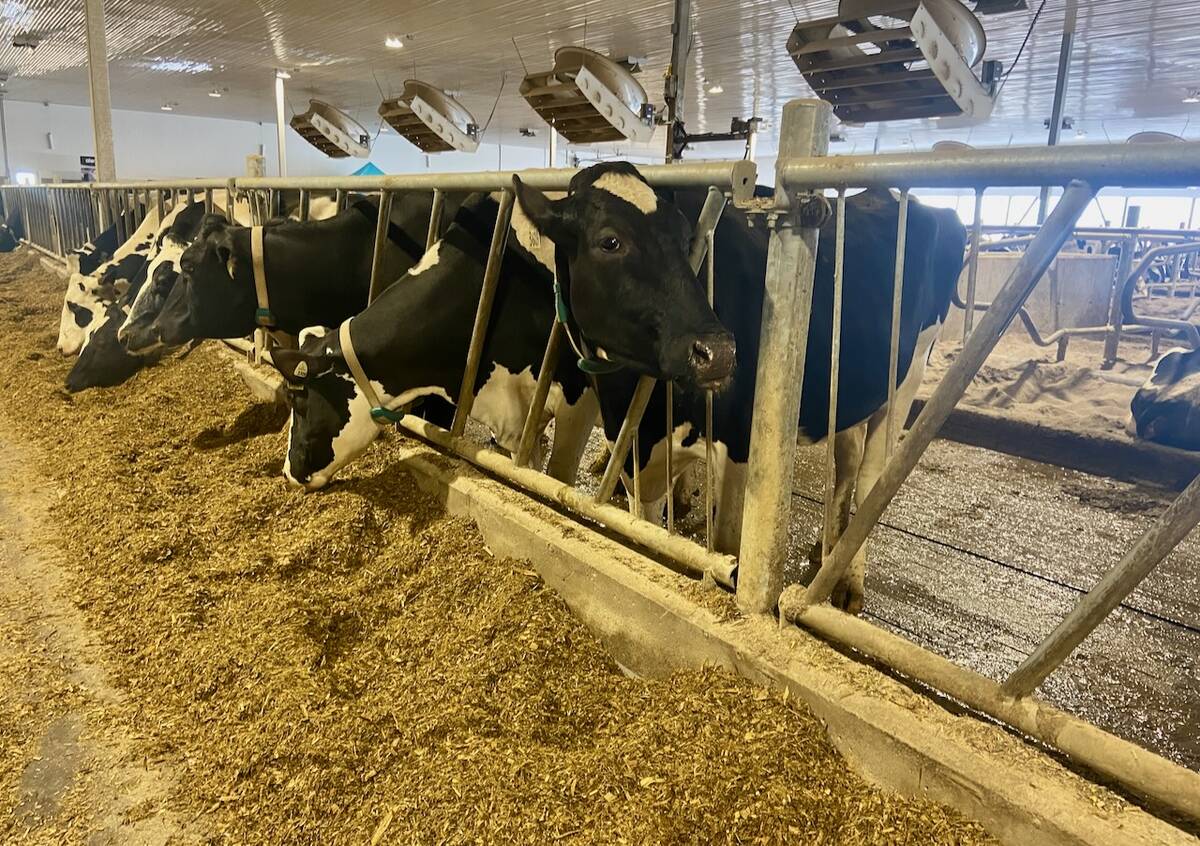Randy Archibald was skeptical that 50 weevils could make a dent in the yellow toadflax that was taking over parts of his Alberta ranch.
The yellow-headed noxious weed was growing profusely along four kilometres of steep riverbank land that was nearly impossible to reach with a sprayer. Camrose County arrived each year with side boom trucks to spray the hard to reach locations and sent him the bill.
Scientist Alec McClay from the Alberta Research Council released the weevils in June 1996, and since then the weeds have nearly disappeared from Archibald’s property along the Battle River and his farmyard at Rosalind.
Read Also

U.S. farm group supports supply management
U.S. grassroots farm advocacy group pushing new agriculture legislation that would move towards supply management like Canada has for dairy industry
“I am just amazed at the difference. It is damned hard to find a toadflax plant on my farm,” Archibald said.
It took time for the tiny insects to multiply, but size did not matter when it came to tackling a big problem.
“They seemed to have done a good job, and the toadflax population was very low,” McClay said.
Early inspections did not show much progress, and McClay moved onto other projects. However, he returned to Archibald’s farm in 2012 and 2013 to find amazing results.
“There were really high densities of weevils on the toadflax,” he said.
Researchers counted as many as 70 weevils lined up like boxcars on a single plant. Archibald speculates toadflax arrived at his cow-calf operation with grass seed.
“To me it is a huge saving,” he said.
The county no longer sends him a bill and there is more grazing land. It is also environmentally friendly, even if it takes time for the weevils to establish themselves and make a real dent in the problem.
Besides spraying, Archibald sometimes pulled weeds by hand and threw them away in a plastic trash bag. Now the insects do the work.
“It is something that, as farming progresses, could control a lot of our noxious weeds,” he said.
Archibald would also like to see similar controls introduced for crazyweed, also known as locoweed, which releases toxins that can harm or kill cattle, horses and sheep.
Yellow and Dalmatian toadflax are invasive species in Canada, and many provinces list them as noxious weeds that must be controlled.
The stem mining weevil, formally known as mecinus janthinus, preys specifically on yellow toadflax. It lays its eggs in the stem, and the larvae tunnel inside.
Dalmation toadflax is attacked by a closely related weevil called mecinus janthinformis, which has been effectively used in British Columba.
Scientists originally assumed the two insects were the same species, but DNA studies have shown them to be different. It’s thought that earlier release programs failed because the wrong insects were released.
Toadflax is a wildflower in Europe, and natural enemies keep it under control.
Yellow toadflax has been in Canada for about 100 years and was probably imported as an ornamental. It has bright yellow flowers that resemble snapdragons. It has a creeping rhizome root system and is able to form large colonies and crowd out other plants.
McClay now has his own company, McClay Ecoscience in Sherwood Park, Alta., and is working with the Alberta Invasive Species Council to find biocontrol agents for common tansy, oxeye daisy and scentless chamomile.
Rhinusa pilosa can also be used to control yellow toadflax. It is being reared at the Agriculture Canada research Centre at Lethbridge and is waiting for government approval for field release.















